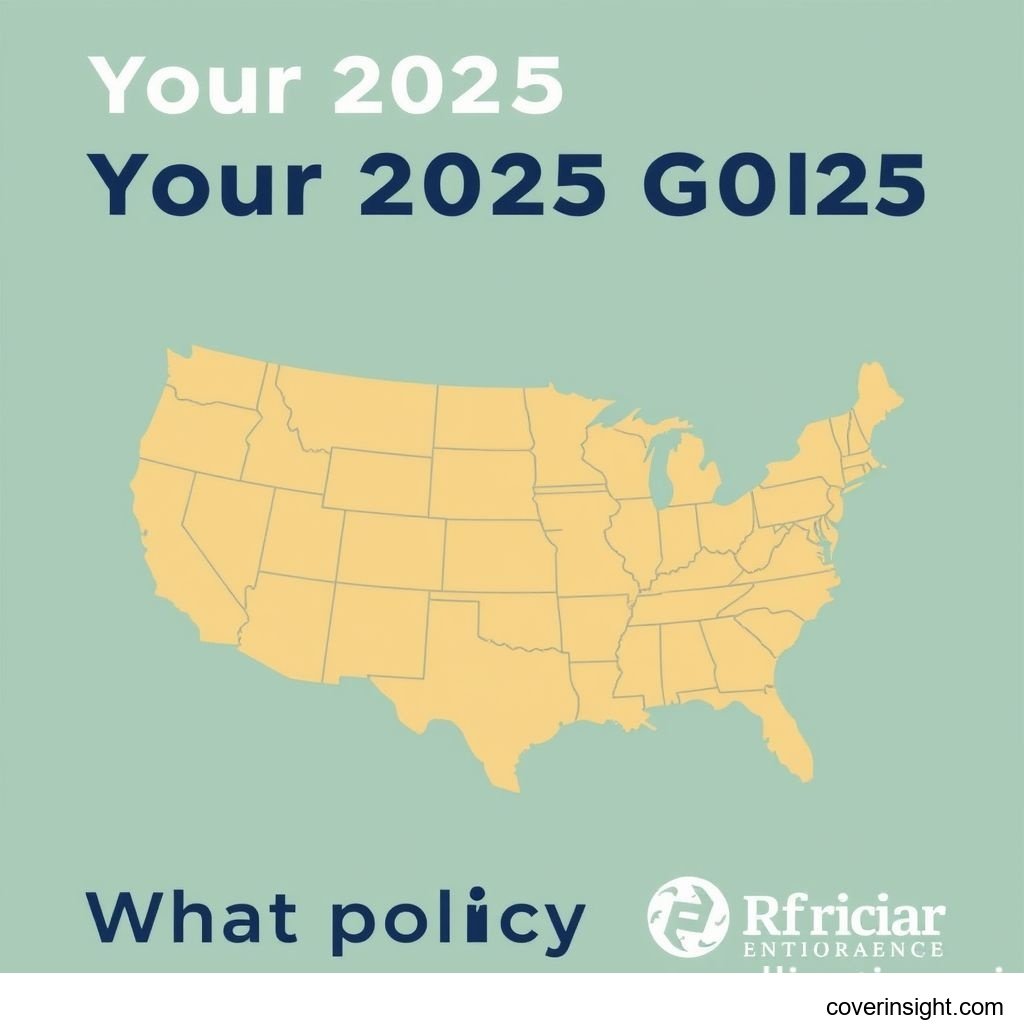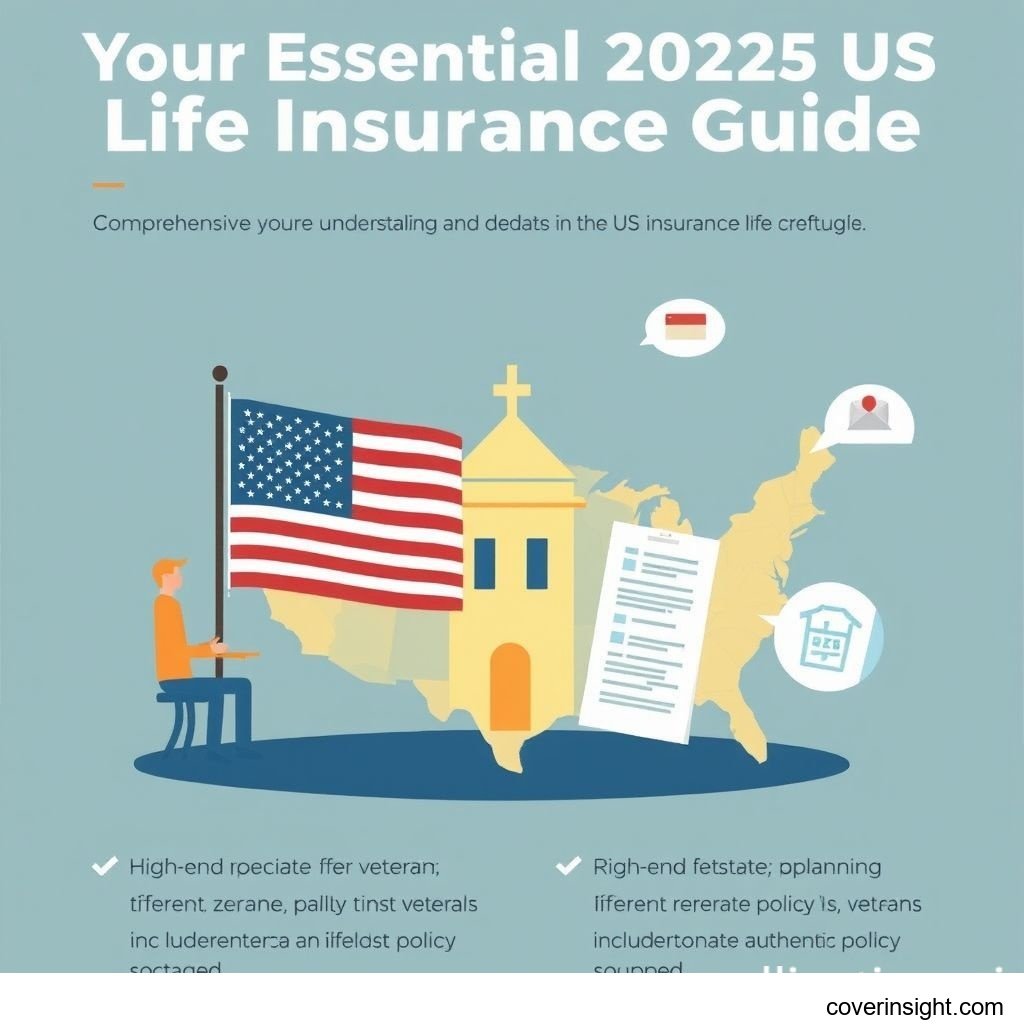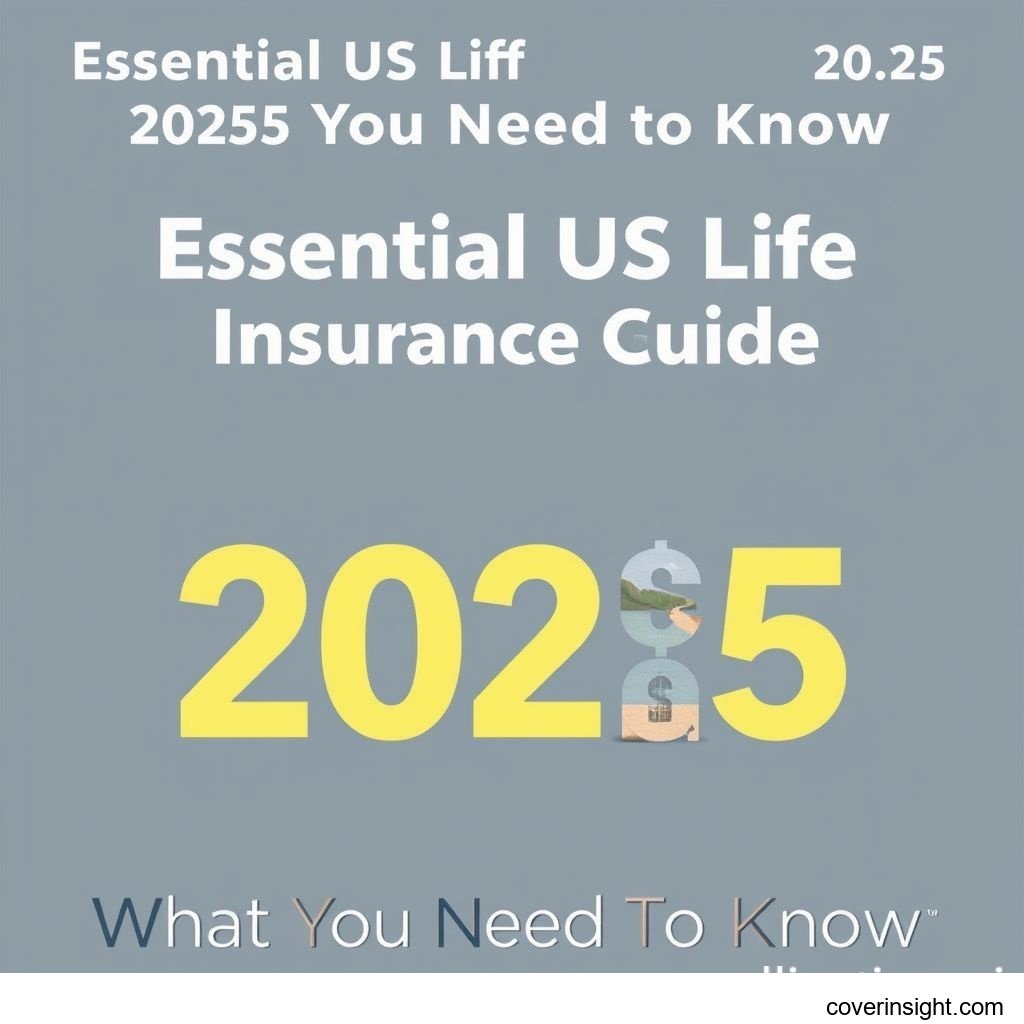Introduction
In the dynamic landscape of 2025, understanding what is life insurance in US has become more crucial than ever for American families and individuals. At its core, life insurance is a contract between an insurance policyholder and an insurer, where the insurer promises to pay a designated beneficiary a sum of money (the "death benefit") upon the death of the insured person. In return, the policyholder pays a premium, either regularly or as a lump sum. This financial safety net provides a vital layer of protection, ensuring that your loved ones can maintain their financial stability, cover outstanding debts, or fund future aspirations even if you're no longer there to provide for them. It's not just a piece of paper; it's a promise of security, a way to keep your family's dreams afloat.
Coverage Details
What’s Included
Life insurance policies typically offer a range of benefits designed to provide financial relief during a difficult time. The primary inclusion is the tax-free death benefit paid to your chosen beneficiaries. This money can be used for anything from covering funeral expenses (which, let's be honest, can really set a family back), paying off mortgages or other debts, funding a child's education, or simply replacing lost income to maintain a family's standard of living. Many policies, particularly permanent ones like whole life or universal life, also build cash value over time. This cash value can be accessed through loans or withdrawals, offering a living benefit that can be used for emergencies or supplemental retirement income. Some policies also include riders—additional features that can provide benefits for critical illness, chronic illness, or accidental death, offering a more robust safety net.
Common Exclusions
While life insurance is a powerful tool, it's not a "get out of jail free" card for every scenario. Common exclusions typically include death by suicide within the first two years of the policy (known as the "suicide clause"), death due to illegal activities, or death resulting from material misrepresentation on the application (e.g., not disclosing a serious health condition). War and aviation exclusions (for non-commercial pilots) can also be found in some policies, though these are less common in standard offerings. It's always a good idea to read the fine print and understand these limitations, as policies can vary. Just like checking under the hood before you buy a car, knowing what's not covered is as important as knowing what is.
Cost Analysis
Price Factors
The cost of life insurance isn't a one-size-fits-all deal; it's influenced by a medley of factors, much like the ingredients in your grandma's secret recipe. Your age is a major player – generally, the younger and healthier you are when you apply, the lower your premiums will be. Health is paramount: your medical history, current health status, weight, and whether you smoke or use other tobacco products will significantly impact your rates. For instance, according to a 2023 study by LIMRA (Life Insurance Marketing and Research Association), tobacco users can pay two to three times more for coverage than non-smokers. Lifestyle choices, including risky hobbies like skydiving or car racing, and your occupation can also bump up your premiums. The type of policy (term vs. permanent), the coverage amount, and the policy term (for term life) are also crucial determinants. Even your gender plays a role, as women generally have longer life expectancies than men, often leading to slightly lower premiums.
Saving Tips
Looking to get more bang for your buck? There are smart ways to save on life insurance. First off, don't dilly-dally; buying young and healthy is your best bet for locking in lower rates. Quitting smoking or adopting a healthier lifestyle before applying can dramatically reduce your premiums. Opting for a term life policy instead of a permanent one can also save you money, as term policies are generally more affordable because they only cover a specific period. Consider "laddering" policies, where you buy multiple term policies of different lengths and amounts to match decreasing financial needs over time. Always shop around and compare quotes from various providers. As someone living in the US, I've seen firsthand how much difference comparison shopping can make – it's like finding the best deal at the grocery store, only for a much bigger purchase! Finally, bundling your life insurance with other policies like home or auto insurance from the same provider can sometimes net you a discount. For more comprehensive insights into consumer protection and insurance best practices across the states, checking resources from the National Association of Insurance Commissioners can be incredibly helpful.
FAQs
How much does what is life insurance cost?
The cost varies widely, but a healthy 30-year-old might pay anywhere from $15 to $30 per month for a 20-year term policy with a $500,000 death benefit. Permanent policies will be significantly more expensive.
What affects premiums?
Age, health, lifestyle, occupation, gender, policy type (term vs. permanent), and coverage amount are the primary factors. It's a comprehensive assessment, much like applying for a loan, where every detail matters.
Is it mandatory?
No, life insurance is not mandatory in the United States. Unlike auto insurance in most states, there's no federal or state law requiring you to have it. However, while not legally required, it's often considered a crucial component of sound financial planning, especially for those with dependents. For general consumer inquiries or to understand specific state regulations, reaching out to your local State Insurance Departments is always a smart move.
How to choose?
Assess your financial needs (debts, future expenses, income replacement), consider your budget, and then explore policy types (term, whole, universal). Consult with a financial advisor to tailor a plan that fits your unique situation. Remember, the goal is to provide adequate coverage without breaking the bank. For a broader look at resources related to family well-being and government support, including health-related assistance that complements financial planning, exploring a site like Healthcare.gov can also offer valuable context.
Consequences of no coverage?
Without life insurance, your dependents could face severe financial hardship upon your passing. This might include struggling with funeral costs, unable to pay off a mortgage, lacking funds for daily living expenses, or being unable to afford educational goals. It's a tough pill to swallow, but thinking about these potential consequences can spur action. It's about ensuring your family isn't left in a bind when they're already grieving.
Author Insight & Experience
Based on my experience navigating the complexities of personal finance and observing the economic realities faced by many American families, life insurance isn't just another bill; it's a profound act of love and responsibility. As someone living in the US, I've seen firsthand how a sudden loss can completely derail a family's financial future if adequate protection isn't in place. It's not about planning for your death, but planning for your loved ones' lives after you're gone. The peace of mind it offers, knowing that your family won't have to sell the house or pull kids out of college because of financial strain, is truly priceless. It's a cornerstone of financial resilience, a commitment to those who matter most. For those looking for broader financial guidance, many valuable Insurance Resources Global exist, but for tailored advice within the US, focusing on local expertise is key, much like what you'd find on a dedicated US Insurance Home portal.
Further reading: Insurance Resources Global
Further reading: US Insurance Home








Comments